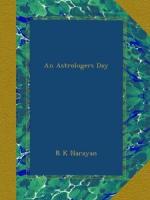|
This section contains 161 words (approx. 1 page at 400 words per page) |

|
1940s: India is still under colonial rule, gaining independence in 1947.
1970s: India has resolved many of its internal and external disputes and taken an active part in the creation of Bangladesh.
1990s: India emerges as a major industrial nation.
1940s: India is predominantly rural with relatively few urban centers.
1970s: India is still a controlled economy but major advances are occurring in the shift to urban life.
1990s: India has become technologically advanced and very urban in its structure.
1940s: In terms of gender relations, Indian society is very patriarchal in its outlook.
1970s: India sees a number of changes with women joining the work force in large numbers. Indira Gandhi becomes prime minister.
1990s: Women's movements are very active in the country and major changes have occurred in gender equity. While the country is still patriarchal in many ways, women play a far...
|
This section contains 161 words (approx. 1 page at 400 words per page) |

|




